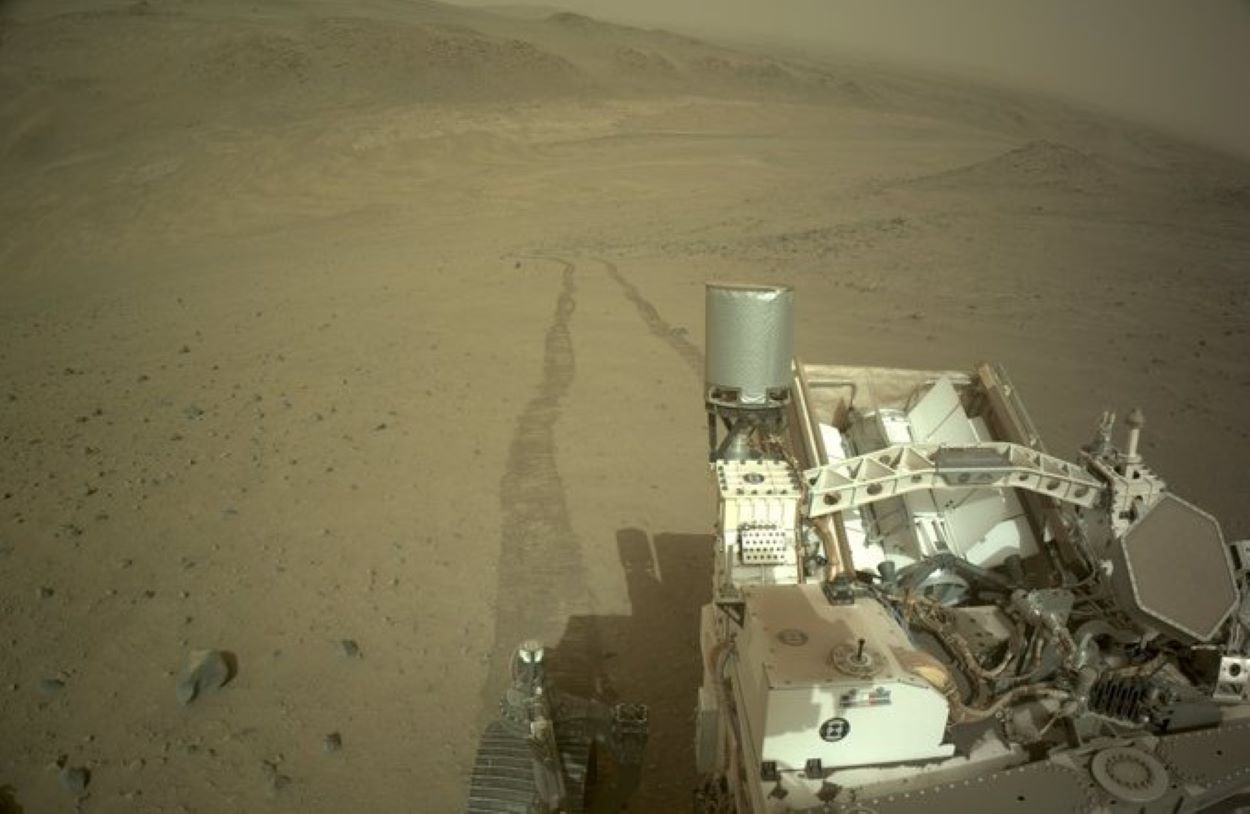On July 2, 2025, a study published in Nature revealed that NASA’s Curiosity rover found carbonate-rich rocks on Mars, offering insights into why the planet remains barren compared to Earth.
NASA’s Curiosity rover, which has been exploring Mars since 2012, has identified carbonate minerals, similar to those found in Earth’s limestone, that absorb atmospheric carbon dioxide. Lead researcher Edwin Kite from the University of Chicago explained that these “carbonates” indicate brief “oases” of liquid water millions of years ago. Unlike Earth, where volcanic eruptions balance CO2 levels to support a stable climate, Mars’ “feeble” volcanic outgassing left it cold and dry, with water flow limited to sporadic periods followed by 100-million-year desert phases.
Mars vs. Earth: A Climate Divide
Mars once had rivers and lakes, as evidenced by its carved surface, but lacks sustained liquid water, a key ingredient for life. Earth’s robust volcanic activity helps recycle CO2, thereby maintaining a warm, water-rich climate. The Nature study’s modelling shows Mars’ sparse volcanism disrupted this balance, making it inhospitable. NASA’s Perseverance rover also found carbonates in a dried-up lake delta, supporting the theory that Mars had only fleeting habitable conditions.
NASA's Perseverance rover is digging deeper into Mars' geologic past as it begins grinding into rock surfaces to expose material that could hold clues to the planet's ancient environment and habitability. https://t.co/9IO1SxwAyG
— SPACE.com (@SPACEdotcom) June 30, 2025Kite suggested possible underground water pockets on Mars, yet to be discovered. The ultimate proof lies in returning Martian rock samples to Earth, with NASA and China planning missions by 2031. These efforts aim to clarify Mars’ past habitability and inform the search for life on nearly 6,000 exoplanets discovered since the 1990s. Understanding Mars’ climate failure helps scientists assess how common Earth-like planets are in the universe.
"Like doing a cannonball in a pool!"@NASA’s MAVEN mission observed sputtering, an atmospheric escape process that helps explain how Mars lost its surface water. This breakthrough sheds light on the Red Planet’s past and its potential for habitability billions of years ago.
— Lockheed Martin Space (@LMSpace) June 30, 2025Read: SpaceX Starship Spins Out of Control in Ninth Test, Delaying Mars Mission
The discovery of carbonates explains Mars’ barren state, contrasting with Earth’s thriving biosphere, and advances our understanding of planetary habitability. It fuels excitement for future Mars missions and informs the search for extraterrestrial life. As climate change threatens Earth, Mars’ story underscores the delicate balance needed for life, resonating with global audiences and scientists alike.





